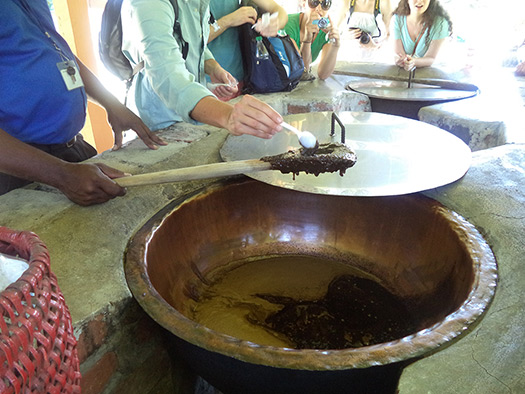Trip Report: Alternative Spring Break in Jamaica
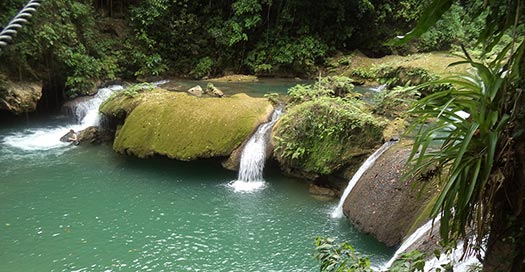
- Read about Sam Hensley’s Jamaican experience »
- Read about Max Pridgen’s Jamaican experience »
- Read about Emily Stout’s Jamaican experience »
- Read about Patrick Davis’ Jamaican experience »
Six University of Tennessee students traveled to inland Jamaica, to Mandeville in the Manchester Parish, for the second annual COE Alternative Spring Break. Five engineering students (from majors civil, chemical, aerospace, computer science, and mechanical) were joined by an honors student double-majoring in economics and philosophy.
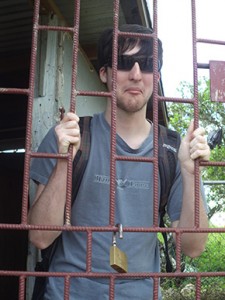
The students participating were Samuel Hensley, Emily Stout, Grey Davis, Patrick Davis, Max Pridgen, and Robert Smith. This represents the most diverse group of travelers so far on an alternative break trip, with respect to fields of study.
Projects Abroad U.S.A., out of New York City, was the provider for the trip. Home stay arrangements were made with pre-approved families who hosted the students for the week and provided meals. Many vestiges of English Colonialism remain, such as driving on the left side of the road, and formality of address among people. First names are not typically used without being preceded with “Mr.” or “Miss.” Punctuality is the rule—there was no “Caribbean time.”
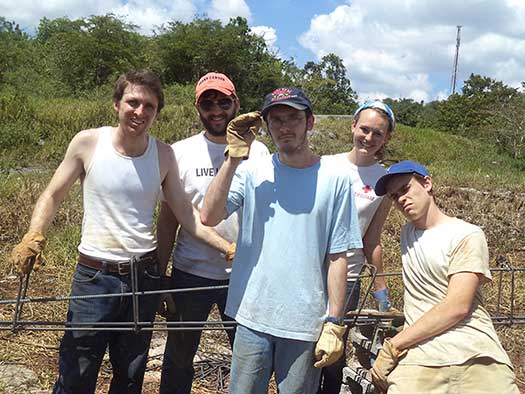
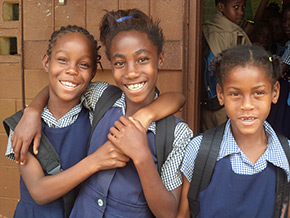
Joining students on the project from as far away as Germany, Israel, Denmark, and Austria, the group set about the construction of a bathroom (known in Jamaica as an “Ablutions Block”) at the Richmond Primary school, established in the 1850s, to replace an aging and dangerous pit latrine system. Another group who had been on site the week prior had completed the initial excavation of the approximately 15’x30′ base of the structure.
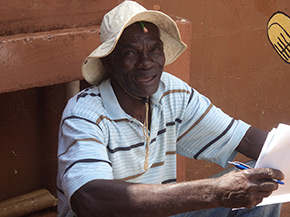
The crew worked under the supervision of a native Jamaican foreman, Mr. Percy. The soil on site is a mixture of heavy clay and huge rock. There were neither power tools nor earth-moving equipment available. Re-bar support beams were hand-sawn on a home-made saw horse fashioned around a tree.
All concrete was mixed by hand on the ground and moved to the appropriate location one bucket at a time. Many of the boulders on site were incorporated into the foundation of the structure. Cinder block was laid to begin the base of the walls. At least one other group will come in between now and June to finish the building.
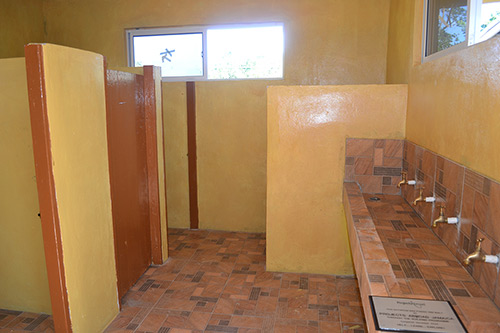
Students took a Patois language class; Patois, similar to Haitian Creole, is the dialect of Jamaica, although English is the official language. Students also took a reggae dance class and had a fruit-tasting of produce unavailable in the United States.
A field trip was offered on the last day to the Appleton Estate Distillery and Sugar Plantation, in the nearby parish of St. Elizabeth. Students learned the history of farming sugar cane, juice extraction, fermentation, distillation, and aging/storage. The 11,000 acre Estate also makes molasses.
After the tour, the group visited YS Falls, a natural area with swimming area and waterfalls.
